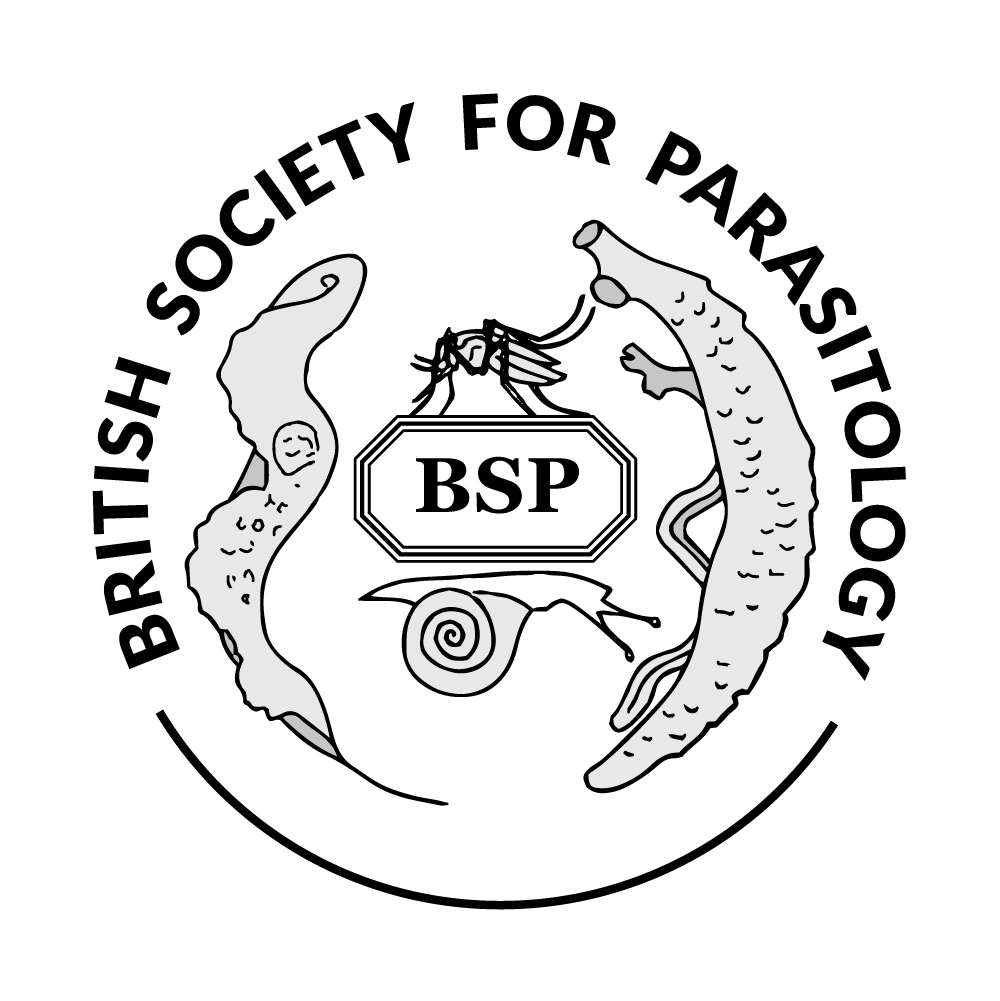Discussion
Globalisation stands as one of the most influential factors in the introduction and dissemination of animal and human parasites within different ecosystems, such as Dirofilaria spp. and Leishmania spp. (Semenza et al., 2022); in food production systems, including Cryptosporidium spp., Toxoplasma gondii, Echinococcus spp. and Giardia intestinalis (Momčilović et al., 2019; Brosseau et al., 2023); as well as in drinking water systems, e.g. Cyclospora cayetanensis, Fasciola spp. and Fasciolopsis buski (Singh et al., 2014). Furthermore, demographic shifts, migration patterns, and international trade can also contribute to these phenomena.
As a result, there is an urgent need for enhancing monitoring, control/prevention and treatment for the eradication of parasites utilising emerging technologies. Simultaneously, the study of suitable animal models for experimenting with new drug candidates is of the upmost importance. Preclinical evaluation must be standardised and compared across various laboratories and researchers. Thus, recent studies propose innovative strategies to gain insights into treating diseases caused by the aforementioned parasites, e.g. leishmaniasis.
Leishmania possesses unique enzymes and biochemical pathways that are distinct from those found in their mammalian hosts. The biochemical characterisation of these specific enzymes serves as a valuable tool for identifying potential drug targets. Pentavalent antimonials, pentamidine, selenium derivatives and amphotericin B (AmB) are drugs commonly used for treating leishmaniasis (Pacheco et al., 2023). Another promising orally administered drug is miltefosine (Sunyoto et al., 2018). The combination of liposomal AmB and miltefosine has shown to be effective in treating individuals who have been reinfected (Kumar et al., 2023). Miltefosine has also been studied in its liposomal form, demonstrating greater efficacy than the free drug against Leishmania promastigotes that were preliminary resistant to conventional miltefosine.
In recent years, liposomes and lipid nanoparticles (LNPs) have emerged as excellent drug carriers for treating a wide range of diseases, including leishmaniasis. AmB is an antifungal polyene that acts by selectively binding to ergosterol in the Leishmania membrane (Machado et al., 2015; Singh et al., 2023). Despite its success rate of over 90%, its high toxicity and cost have prompted the development of liposomal formulations, such as AmBisome®, which are less toxic than non-liposomal versions. While AmBisome® is the most effective liposome formulation of AmB, other formulations are available on the market. Amphocyl® colloidal formulation in Europe, composed of a colloidal dispersion of sodium cholesteryl sulfate, shaped as flat disks (commercialised as Amphotec® in the United States, US), Abelcet® Suspension for Injection, which is an AmB complex with a ribbon-like multilamellar lipid struct
